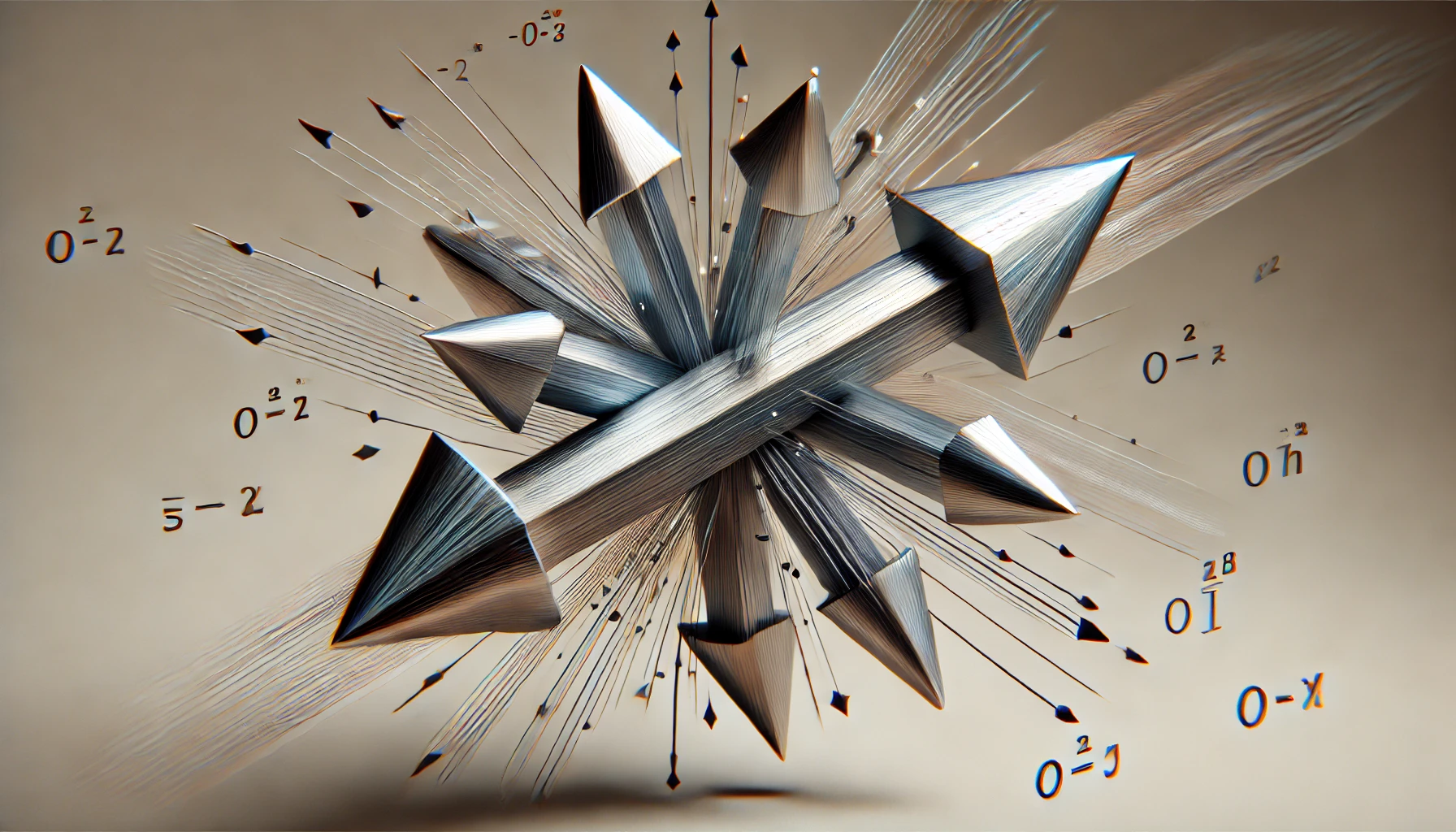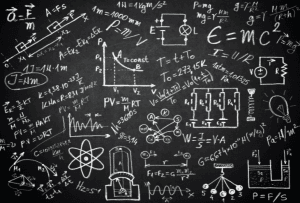The resultant vector is one of the fundamental concepts in physics and mathematics. In simple terms, it represents the sum of several vectors acting in a specific direction. It allows us to calculate the effect of various forces that may act on a given object. Thanks to the resultant vector, we can determine the direction and magnitude of an object’s motion when multiple forces act on it simultaneously.
In the case of forces acting in the same direction, calculating the resultant vector becomes relatively simple – we add all the forces to obtain the final effect. However, when the forces have different directions, it becomes necessary to use vector methods, such as graphical vector addition or analytical calculations using mathematical equations. In practice, the resultant vector can be imagined as a single arrow representing the total effect of all forces acting on a given point.
Vector addition – calculation methods
Vector addition can be performed in several ways. The two most commonly used methods are:
The parallelogram method
In the parallelogram method, two vectors are added by forming a parallelogram. The resultant vector is the diagonal of this parallelogram, starting at the initial point of both vectors. This method is especially useful when we want to understand graphically the effect of two forces.
The triangle method
The triangle method involves connecting the end of the first vector to the start of the second vector. The resultant vector is the arrow leading from the initial point of the first vector to the end of the second vector. This method is particularly useful when working with multiple vectors in sequence.
Example of resultant vector calculations
To better understand the concept of the resultant vector, it is worth examining a specific example. Assume that two forces act on an object: one with a magnitude of 5 N to the east and another with a magnitude of 3 N to the north. Calculating the resultant vector requires using the Pythagorean theorem since these forces form a right angle.
The resultant vector can be calculated using the formula:
F_w = \sqrt{F_1^2 + F_2^2}Substituting the values:
F_w = \sqrt{5^2 + 3^2} = \sqrt{25 + 9} = \sqrt{34} \approx 5.83 \text{ N}The resultant vector has a magnitude of approximately 5.83 N and a direction that can be determined using trigonometric functions.
Applications of the resultant vector in everyday life
The resultant vector finds applications in many areas of life. For instance, when pushing a cart, the forces acting on it (our force, ground resistance, friction) can be described using vectors. Calculating the resultant vector allows us to predict the direction and speed of the cart’s movement.
Another example is marine navigation. A ship captain must consider both wind force and sea currents to determine the actual course of the ship. In such cases, calculating the correct direction of movement helps.
The resultant vector in physics – tasks for independent solution
- Calculate the magnitude of the resultant vector when forces of 6 N southward and 8 N eastward act on an object.
- Two vectors with magnitudes of 4 N and 5 N form an angle of 60 degrees. Calculate the magnitude of the resultant vector using the cosine formula:
- A force vector of 10 N acts on an object at a 45-degree angle to the horizontal. Calculate the components of this force in the horizontal and vertical directions.
The resultant vector in mechanics
In mechanics, the resultant vector plays a key role in describing the motion of bodies. It allows us to determine how an object moves under the influence of multiple forces. For example, when a car moves through a curve, centrifugal force and friction act on it. By summing these forces, we can determine the actual path of the vehicle.
In Newtonian classical mechanics, the resultant vector also helps determine the acceleration of objects. According to Newton’s second law of motion, an object’s acceleration is directly proportional to the resultant force acting on it:
\vec{a} = \frac{\vec{F_w}}{m}Where:
- \vec{a} – acceleration,
- \vec{F_w} – resultant vector,
- m – mass of the object.
Common mistakes in calculating the resultant vector
Several common mistakes can occur when calculating the resultant vector. The most frequent is incorrectly accounting for the directions of forces. It is essential to precisely consider both the magnitudes and directions of each force when adding vectors.
Another common mistake is incorrect use of trigonometric functions when determining the direction of the resultant vector. When forces form angles other than a right angle, equations such as sine or cosine must be used to accurately calculate the resultant direction.
The resultant vector and force equilibrium
It also plays a significant role in the concept of force equilibrium. When the resultant of all forces acting on an object is zero, the object is said to be in equilibrium. This means the object is either stationary or moving with uniform linear motion.
An example is a hanging lamp. The force of gravity pulls it downward, while the cable holding the lamp exerts an equal force upward. The resultant of these forces is zero, meaning the lamp remains at rest.
Summary
The resultant vector is a key concept that helps to understand how forces act in various situations. Its application is wide-ranging – from simple everyday examples to advanced calculations in classical mechanics. Calculating the resultant vector requires understanding both the magnitudes and directions of forces, so practicing different vector addition methods is beneficial for mastering this topic.
FAQ Section – frequently asked questions and answers
There are two main methods: the parallelogram method and the triangle method. Both allow the resultant vector to be calculated graphically, considering the magnitudes and directions of forces.
Yes, it can be zero if all forces acting on an object balance each other out. In such a case, the object is in equilibrium.
The Pythagorean theorem can be applied. The magnitude of the resultant vector is \sqrt{F_1^2 + F_2^2} , where F_1 and F_2 are the magnitudes of the forces.
The vector helps determine how an object moves under the influence of multiple forces. It allows predicting the acceleration and direction of objects’ movement.




